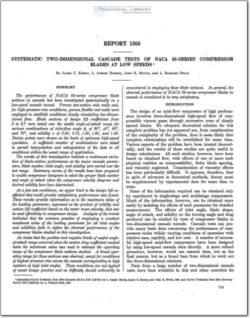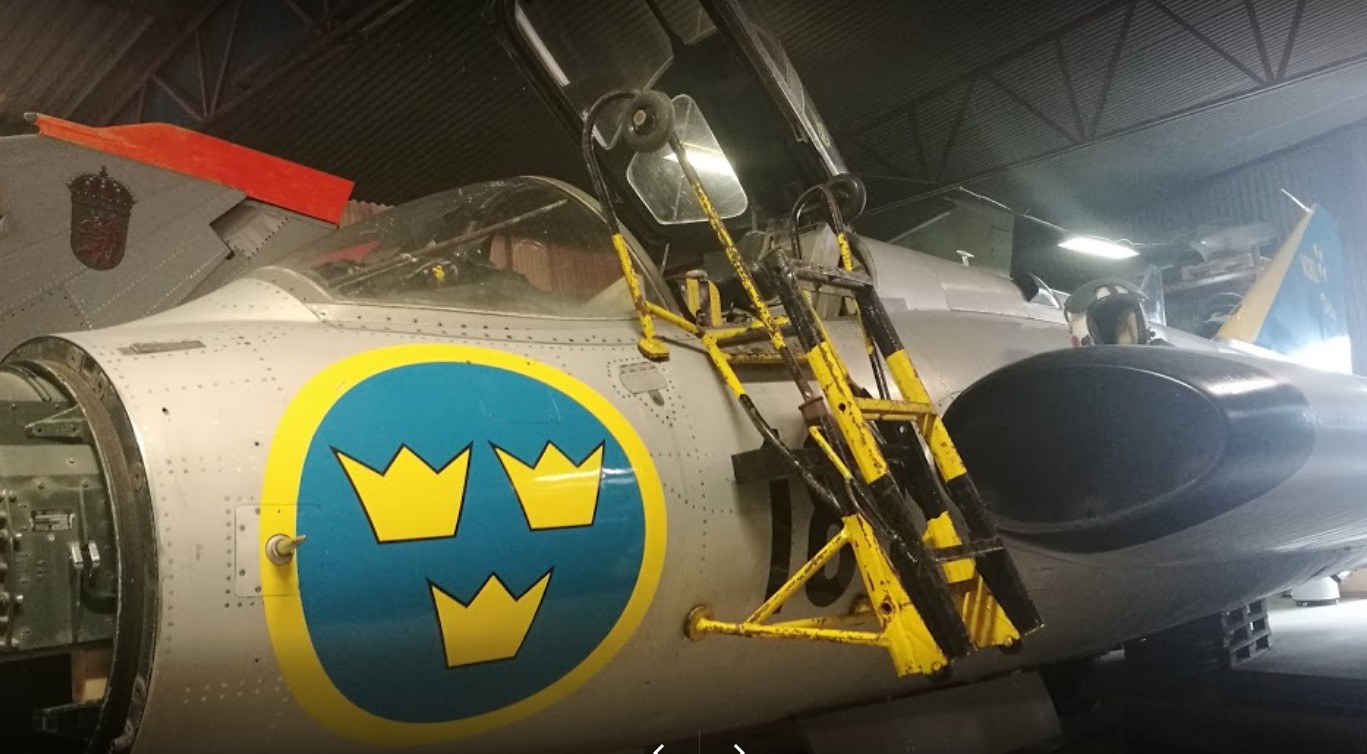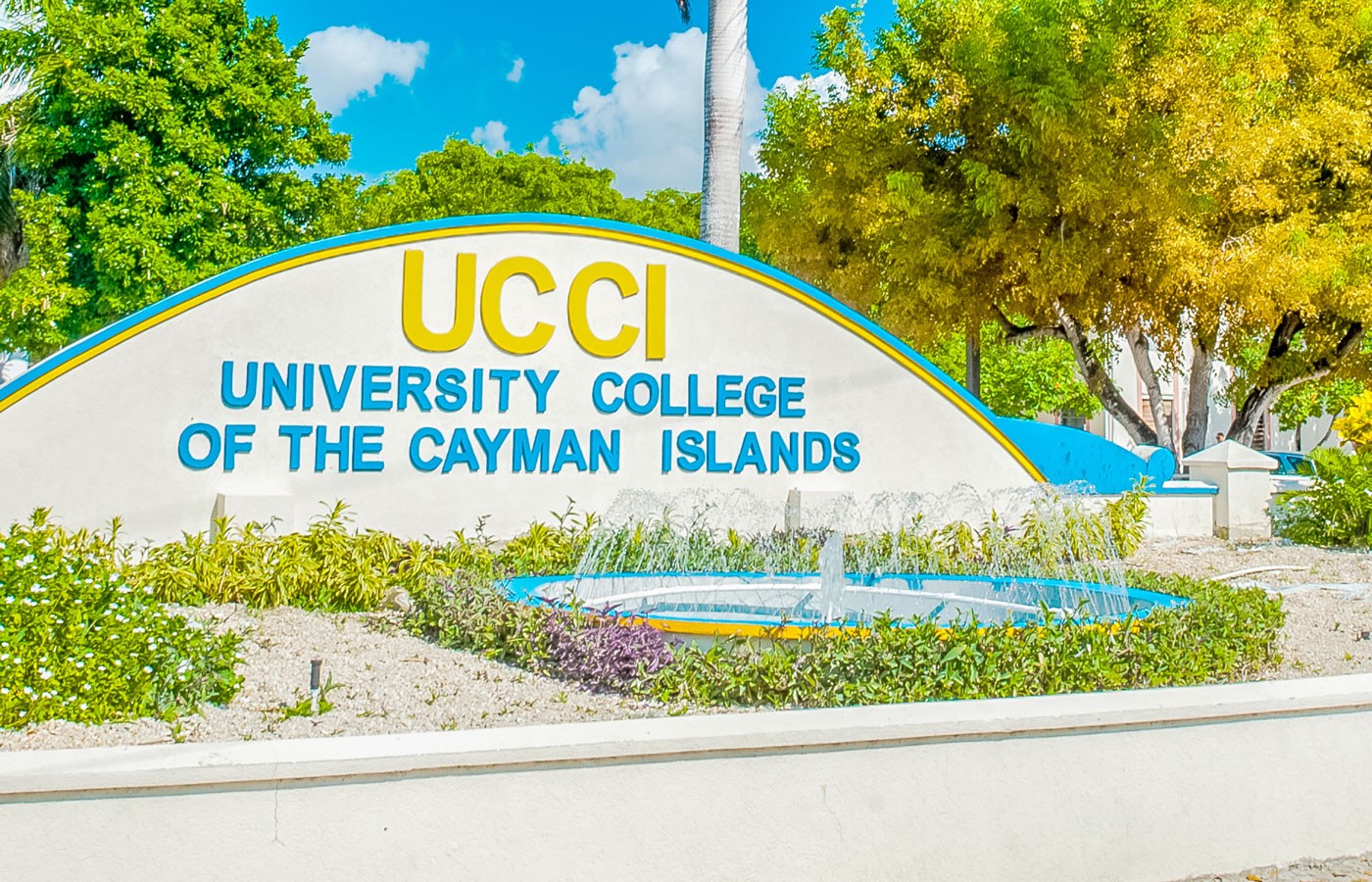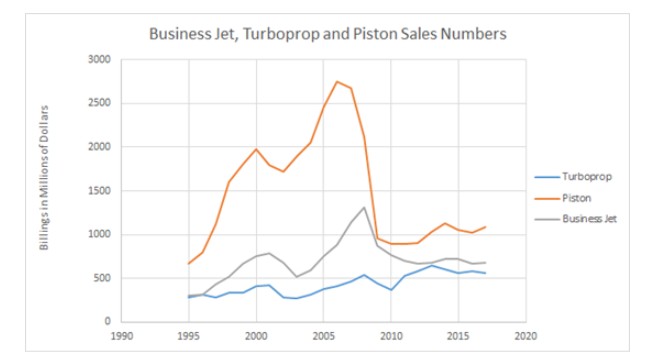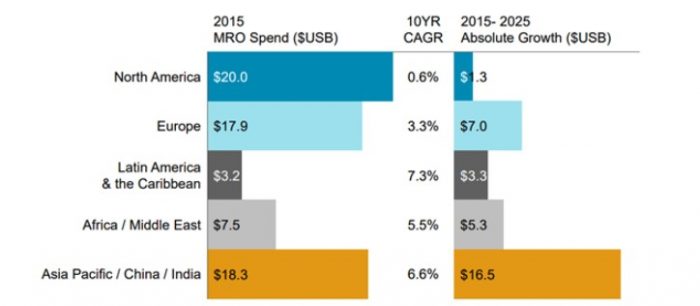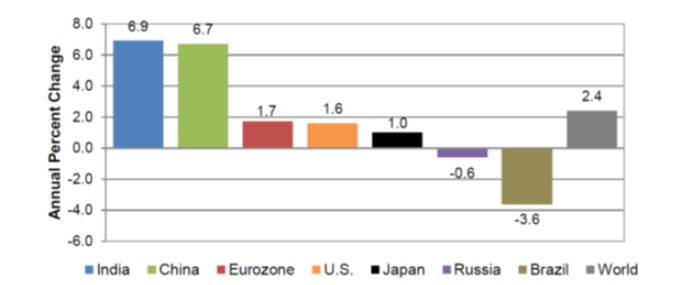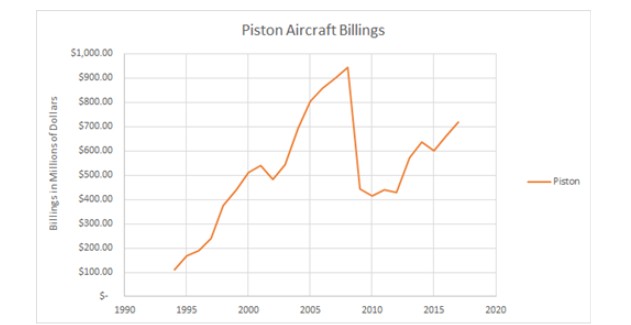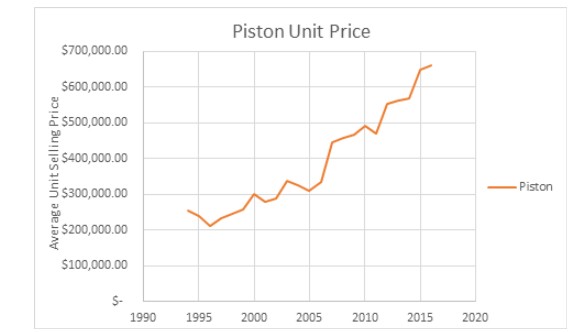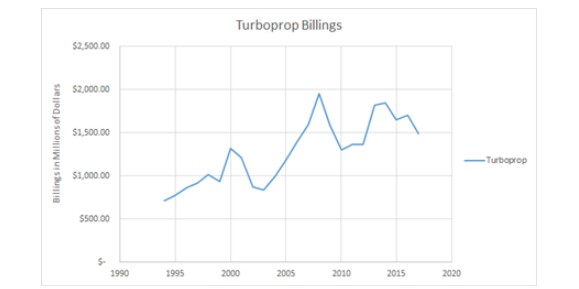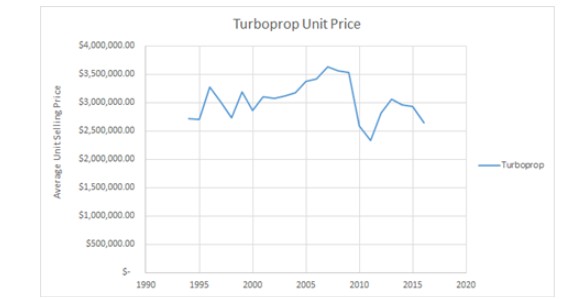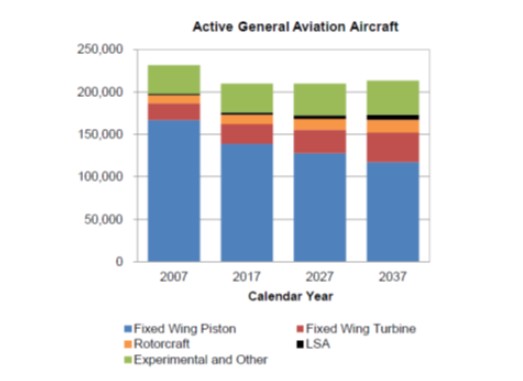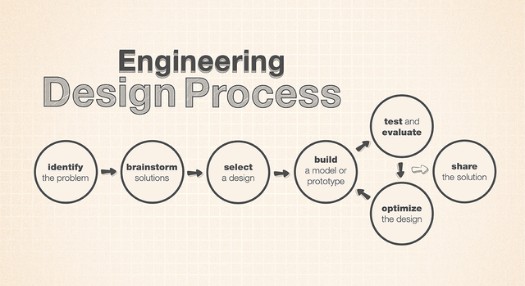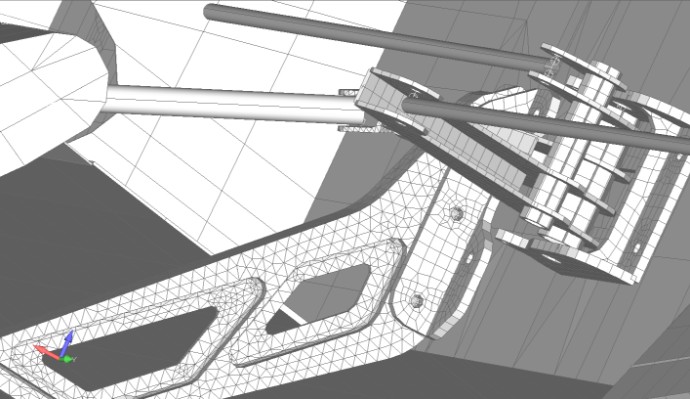A version of this article first appeared in the August 2018 edition of our free newsletter, to subscribe click here
I always thought the concept of freedom of speech was non political. I thought it was essential for a healthy society in the same way it is essential for a healthy organization.
It is my assessment that the politicization of the concept of freedom of speech is a bid for power in the present that will cause a decline in the long term health of society. Just like a restriction on discussion and communication in an organization will cause a decline in the health of the organization.
I have worked on two programs at two different OEMs where both the organizational chart and the schedule were secret and where meetings were shut down for speaking the truth. These programs both failed. One of the OEMs has gone through at least one bankruptcy and at the other the program was cancelled, the company was reorganized and has since been sold.
I am sure we have all worked in companies where political expediency is valued above commercial or technical excellence. We all know how painful it is to bend your psyche to fit into a warped notion of ‘common sense’ and live that reality every day.
The low cost purchase of expediency in the present for the long term cost of dysfunction, high staff turnover and eventual failure.
Apparently this culture is now deemed a good way forward for society as a whole. Companies that are run along these philosophical lines can go bankrupt and be replaced with a better functioning alternative. What happens when the society you live in elects to follow this path? What kind of philosophical, moral bankruptcy will result? And what will replace the society once it has been broken beyond repair?
It is clearly a better alternative to do what you can to save both the dysfunctional organization and, I would say essential, to save the dysfunctional society.
So what steps can you take to make a positive difference inside a dysfunctional organization and how does this relate to how to improve society?
1. Personal: Never compromise your personal integrity. If it feels wrong, if you are telling a lie or if you are hiding any truth you need to stop. Always tell the truth. A good project manager once told me “if you are in a meeting and you are not comfortable with everything you discuss being on the front page of tomorrow’s newspaper you are doing something wrong”.
2. Emotional: Never lose your temper. No matter how much pressure you are under or how unpleasant your professional life may be always remain courteous and calm. Shouting does not win arguments and a smile and a shared joke puts people in the frame of mind to compromise and be flexible.
3. Professional: Be the best you can at what you do and share your skills and knowledge as widely as possible. Do not be selfish – share credit and accept blame. When someone corrects you accept it with gratitude – no matter what the intent of criticism is, it can make you better at what you do – use it.
The three points above are the things that I learnt from my own mistakes and missteps and while following them can be hard, not following them will generate a much worse result in the long term, both for yourself and others.
These points are good to apply in any industry. In engineering where bad designs, poor decisions and errors can cost lives I see them as essential. If I catch an engineer in a lie, or trying to hide an unpleasant truth they are a financial and ethical liability and their value as an engineer is effectively zero.
These are the standards that I use to judge myself and the people in my industry.
These personal standards rely on freedom of speech for me and freedom of speech for everyone else, no matter how much I may want to avoid what they have to say.
If we select to live in a culture that allows the suppression of ideas that we do not agree with, that are unpopular or even just wrong, where does that leave the free inquiry and unrestricted comment that are essential to the fields of engineering and science?
Organizations that cannot accept these standards of inquiry and criticism are dysfunctional. And if the application of these standards in society are not acceptable then society will become dysfunctional.
The way to reform a dysfunctional organization is the application of these standards, especially when they are the most difficult to apply.
The same is true of society, where the truth, or even just your opinion is least palatable, it is most important that it is spoken.
It is only through the exposure to contrary opinions that you learn to formulate the reason and logic behind your own positions. It is the only way that you find out that you are wrong. Free speech is what keeps us all from living in ignorance.
It is essential that we engineers maintain our ethical standards regardless of the short term consequences. How else do you live with yourself?


